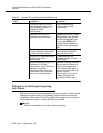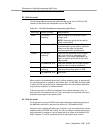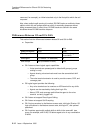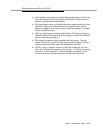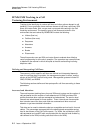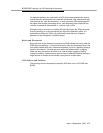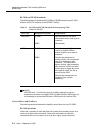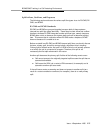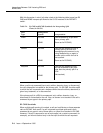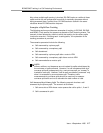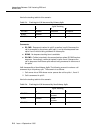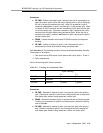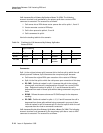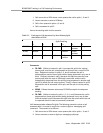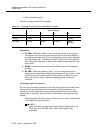
BCMS/CMS Tracking in a Call Vectoring Environment
Issue 4 September 1995
F-5
Split Inflows, Outflows, and Dequeues
The following sections discuss the various split flow types vis-a-vis R3 CMS, R2
CMS, and BCMS.
R3 CMS and BCMS Standards
R3 CMS and BCMS are grouped together because both of these systems
interpret two split flow types identically. These flows include
inflow
and
outflow
.
However, whereas R3 CMS interprets another split flow type, namely
dequeue
,
BCMS does not do so because this system does not have a dequeue tracking
item. This means that in a situation where R3 CMS tracks a dequeue, BCMS
does not because it is unable to do so.
Before we detail how R3 CMS and BCMS interpret split flows, we should discuss
the term
primary split
, since this concept plays a significant role in tracking.
Primary split
is defined as the
first split in a VDN to which a call actually queues
or at which the call is connected to an agent
. Therefore, this split is
not
necessarily
the first split referenced in the vector.
Another split becomes the primary split if either of the following events occur:
■ Call cannot queue to the originally-targeted split because the split has no
queue slots available.
■ Call leaves the VDN (via a
route to
VDN command, for example) and is
queued to another split as a result.
If the call leaves vector processing and does not queue to another split (as a
result of a
route-to
extension command, for example), there is no new primary
split.



